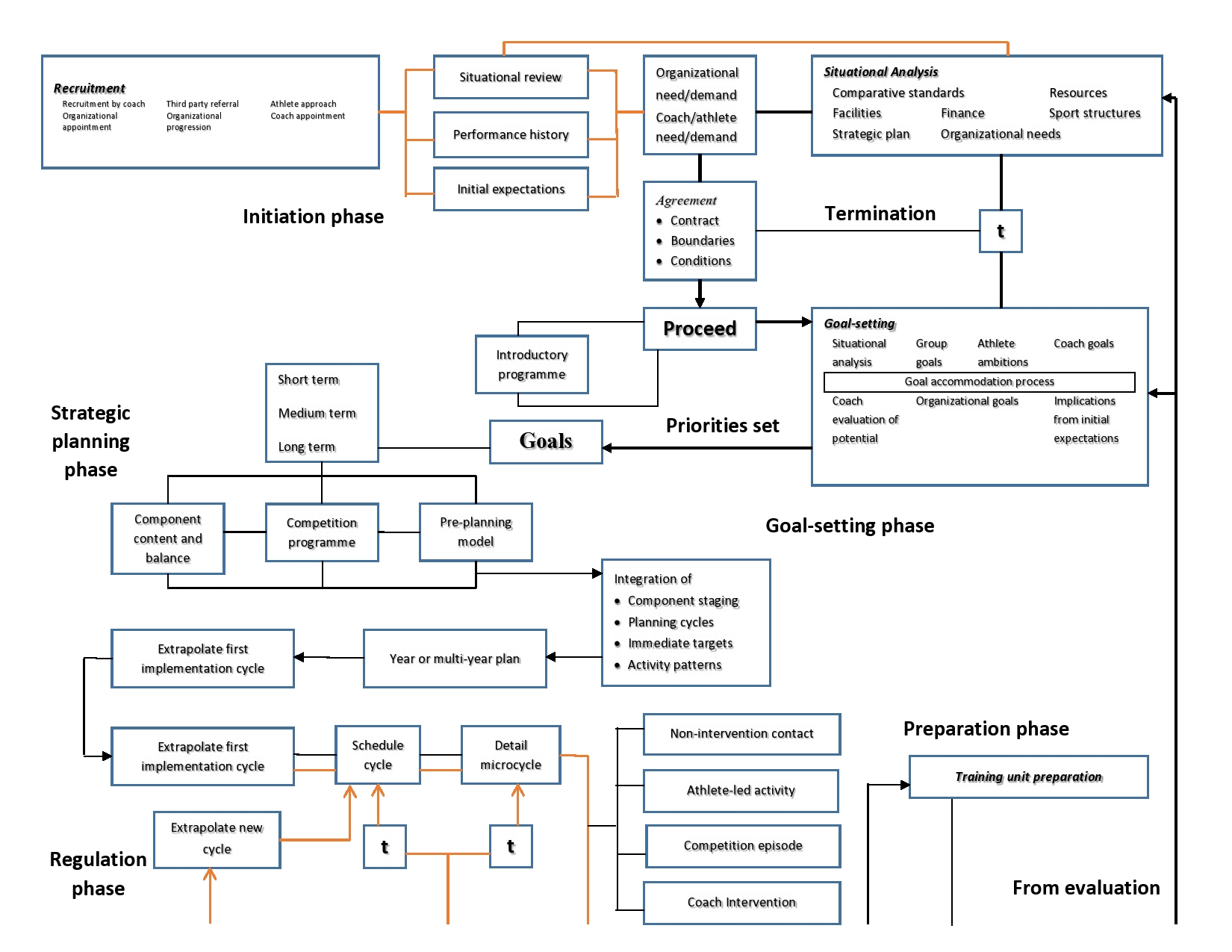Exploring Lewin’s Change Model within Publix Supermarket: A Comprehensive Approach to Organizational Development
Title Page [Include Title, Name, Institution, Course, Instructor, and Date in APA format]
Abstract Change management is essential in ensuring the long-term success and adaptability of organizations. Publix Supermarket, as a leading grocery retailer, constantly evolves to maintain its competitive edge. This paper explores Kurt Lewin’s Change Model—unfreeze, change, and refreeze—within the context of Publix Supermarket, analyzing how the model aids in implementing strategic organizational changes. Key areas of focus include technology adoption, customer service enhancements, and employee training initiatives.
Introduction Publix Supermarket has established itself as one of the largest employee-owned grocery chains in the United States. In an industry characterized by evolving consumer preferences, technological advancements, and increasing competition, effective change management is critical for sustained growth. Lewin’s Change Model provides a structured framework for understanding and implementing organizational changes at Publix. This paper examines how the three phases of Lewin’s model facilitate Publix’s adaptation to market demands and operational enhancements.
Lewin’s Change Model and Its Application at Publix Supermarket
1. Unfreeze Stage The unfreeze stage involves preparing the organization for change by recognizing the need for improvement and breaking down resistance. Publix applies this phase through:
- Market Research and Consumer Insights: Publix regularly conducts surveys and analyzes purchasing trends to identify areas requiring transformation.
- Leadership Communication: Executive leadership at Publix plays a pivotal role in conveying the urgency and benefits of proposed changes, ensuring employee alignment.
- Employee Engagement Initiatives: To reduce resistance, Publix provides workshops and town hall meetings that encourage open discussions on upcoming changes.
2. Change Stage Once the organization has been prepared for change, the implementation phase begins. At Publix, this stage includes:
- Technology Integration: Publix has embraced innovations such as self-checkout systems, mobile app enhancements, and digital ordering to improve customer experience.
- Employee Training and Development: New systems and operational procedures require comprehensive training. Publix invests in employee education to ensure seamless transitions.
- Pilot Programs and Incremental Changes: Before full-scale implementation, Publix tests new initiatives in select locations to assess effectiveness and gather feedback.
Lewin’s Change Model
3. Refreeze Stage In this phase, changes are reinforced to ensure long-term adoption. At Publix, refreezing strategies include:
- Performance Monitoring and Feedback: Publix uses key performance indicators (KPIs) to measure the success of implemented changes and make necessary adjustments.
- Recognition and Incentives: Employees who adapt well to changes are rewarded through promotions, bonuses, and employee recognition programs.
- Policy and Process Documentation: Changes become embedded into Publix’s standard operating procedures to maintain consistency across all locations.
Case Study: Implementation of Online Ordering and Delivery Services One of the most significant transformations at Publix was the introduction of online ordering and grocery delivery services. Using Lewin’s model, the change was executed as follows:
- Unfreeze: Publix identified the growing trend of online grocery shopping and the need to compete with services like Instacart and Amazon Fresh.
- Change: The company partnered with third-party delivery providers and developed a user-friendly online platform for customers.
- Refreeze: Continuous updates and customer feedback mechanisms ensured the platform remained efficient and user-friendly, integrating online shopping into Publix’s core operations.
Challenges and Considerations While Lewin’s model is effective, Publix faces challenges such as employee resistance, customer adaptation to new services, and technological disruptions. Addressing these requires ongoing communication, flexibility, and continuous improvement.
Lewin’s Change Model
Conclusion Lewin’s Change Model offers a structured approach to managing organizational change at Publix Supermarket. By systematically unfreezing, changing, and refreezing, Publix successfully implements strategic transformations that enhance efficiency, employee satisfaction, and customer experience. As the retail landscape continues to evolve, applying structured change management models will remain crucial for Publix’s sustained growth and market leadership.
References [Include APA-formatted references for sources used in the paper]



